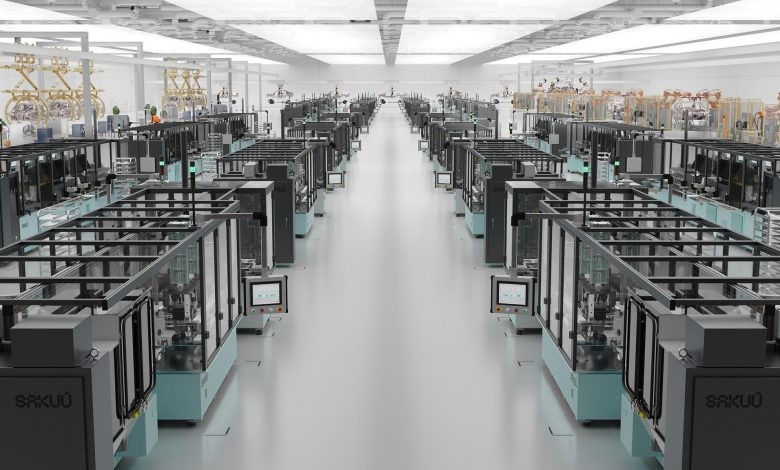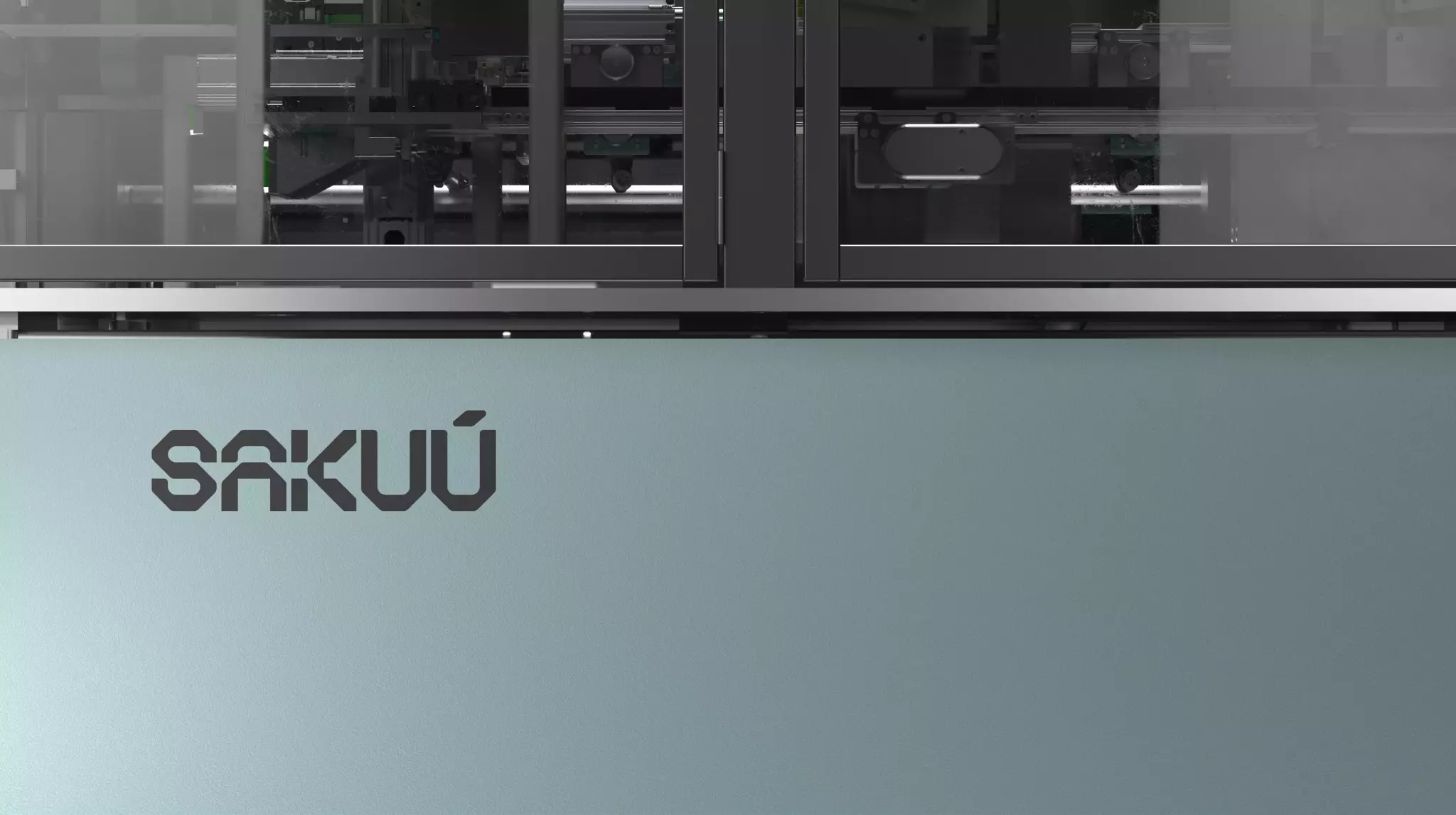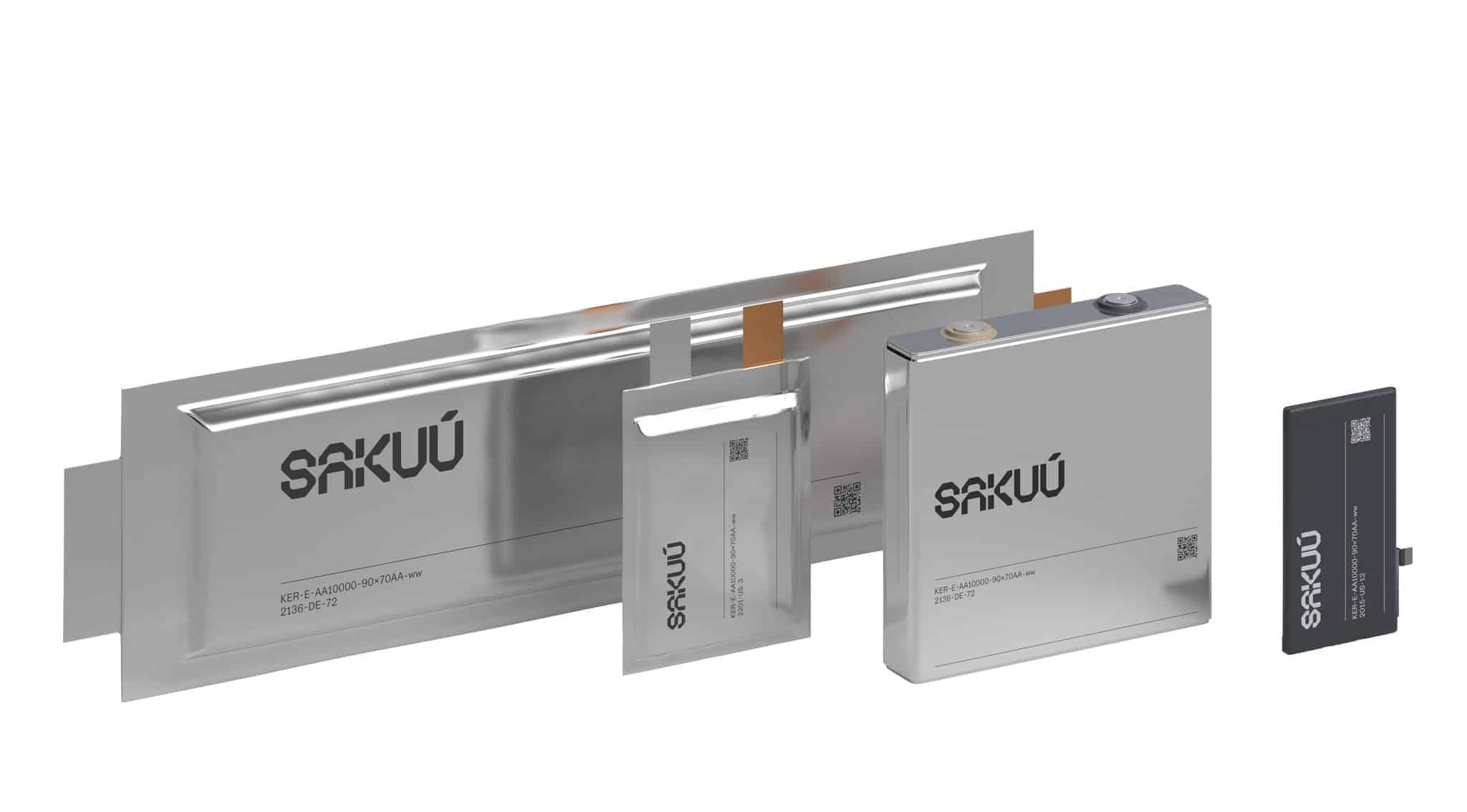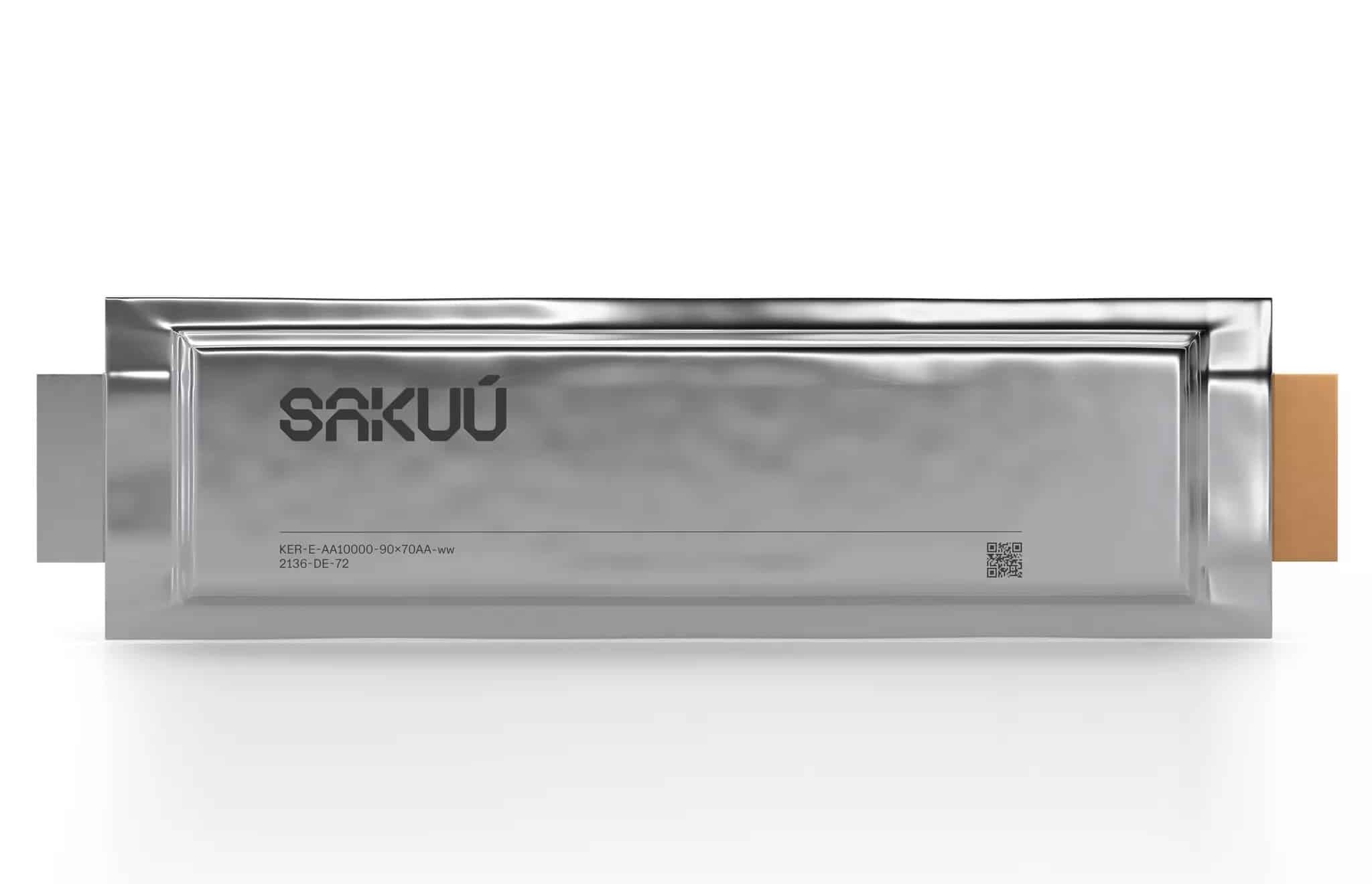Sakuu Corporation, developer of the world’s first rapid printed battery, today announces that its first-generation non-printed lithium metal battery has achieved continuous 3C discharge rate under extensive testing, marking yet another achievement on the road to mass 3D printed solid state batteries.
This result comes after Sakuu’s recent announcement that its lithium-metal battery cells registered a consistent baseline benchmark energy density of 800Wh/L—placing it at the forefront of today’s leading commercially available lithium-ion batteries found in top-selling electric vehicles and other mass energy storage applications.
“As far as our solid-state battery development, we are preparing to unveil a new category of rapid printed batteries manufactured at scale using our additive manufacturing platform. The sustainability and supply chain implications of this pioneering development will be transformational,” said Robert Bagheri, Founder and CEO of Sakuu.
Sakuu’s new lithium metal anode battery will be shipped to Sakuu’s customers starting in 4Q2022. This milestone represents the culmination of extensive testing and validation by Sakuu and its customers across energy density, cycle life, safety, temperature requirements—and now discharge rates. This first-generation Sakuu battery is ideally suited for its e-mobility motor and e-bike customers and other industry product applications that prioritize its non-flammable and safe cell characteristics coupled with leading energy density.
“The performance achievements of our first market-ready battery are a testament to our team’s commitment to introducing a diverse line of state-of-the-art energy storage solutions across industries,” said Bagheri, “As far as our solid-state battery development, we are preparing to unveil a new category of rapid printed batteries manufactured at-scale using our additive manufacturing platform. The sustainability and supply chain implications of this pioneering development will be transformational.”
In the ongoing development of the world’s first printed solid-state battery, sample cell deliveries are anticipated to ship to clients in 2023. The introduction of an entirely new battery category, rapid printed cells, will be made from Sakuu’s Kavian platform. Rapid printed batteries developed by Sakuu will allow for the total reinvention of battery manufacturing. Sakuu’s Kavian platform will enable customizable, mass-scale, and cost-effective manufacturing of solid-state batteries–benefits that solve foundational challenges confronting battery manufacturers today.
Manufacturing on Demand
A test performed in February 2022 showed the benchmark energy-density achievement of 800 Wh/L in the first-generation non-printed lithium metal battery, marking a significant milestone on Sakuu’s roadmap to fully 3D printable solid-state batteries capable of greater than 1200 Wh/L by 2023. Until now, market-leading lithium-ion batteries, like those found in today’s top-selling electric vehicles, have functioned in a range of 500–700 Wh/L.
“The arrival of a safe, sustainable, and high-performance SSB, manufactured with a totally novel 3D printing method can solve critical supply chain and safety issues while moving beyond limitations of today’s lithium-ion batteries,” Bagheri said. “We are on track to develop that ‘holy grail’ solid-state battery by 2023, and this first-generation benchmark is a validating accomplishment on the roadmap to significantly better batteries.”
Sakuu’s first-generation non-printed battery provides important achievements in the race for improved energy storage across broad industry sectors. Sakuu battery’s Wh/L capabilities have increased exponentially since development began in August of 2020, and with this latest benchmark test completed in February 2022, is more promising than leading commercially available batteries.
In addition to the 800 Wh/L mark, the first-generation lithium-metal battery is demonstrating high energy retention at 97% after 200 cycles. The battery, while remaining dendrite-free, is expected to record 80% retention at 800 cycles once cycling has been completed.
Moving ahead, Sakuu anticipates another substantial leap in energy density in its second-generation fully printed SSB, which will see sample cell deliveries begin in early 2023. The world’s first 3D printed battery, born from Sakuu’s Kavian platform, will offer rapid, mass-volume production of batteries in gigafactory settings, allowing for large-scale, low-cost manufacturing– capable of meeting global demand.
“We are creating a line of safe, customizable, low-cost and high-performance batteries, and manufacturing them in a completely transformative and sustainable manner to satisfy large-scale global demand,” concluded Bagheri.
* This article is reprinted from 3D Printing Media Network. If you are involved in infringement, please contact us to delete it.
Author: 3D Printing Media Network






Leave A Comment